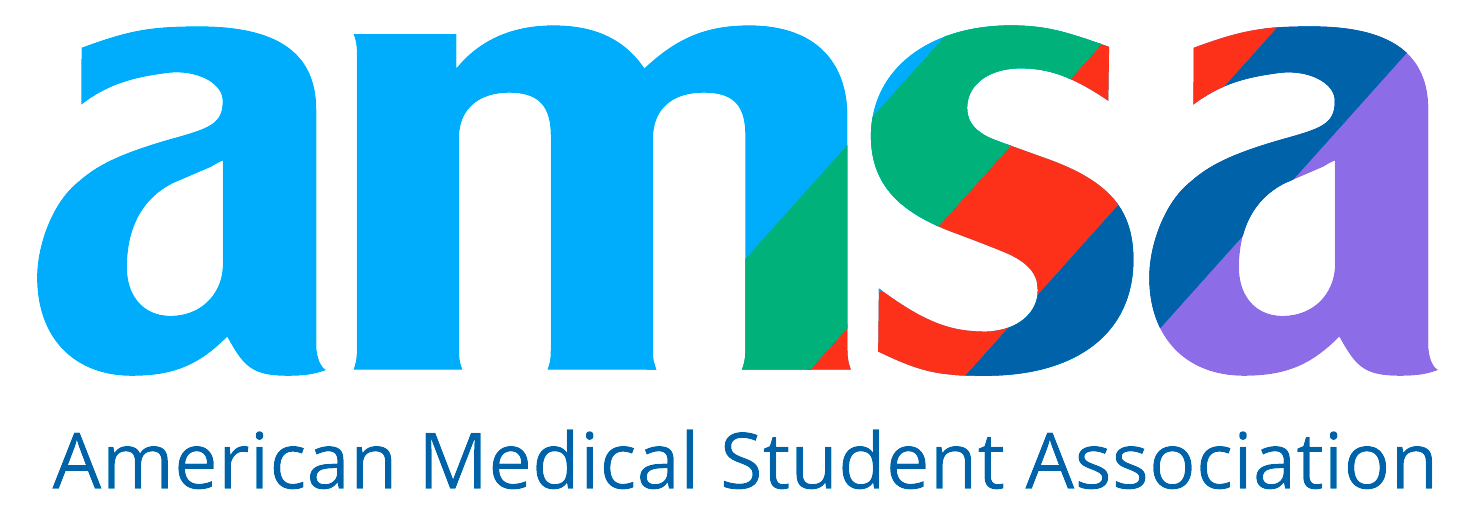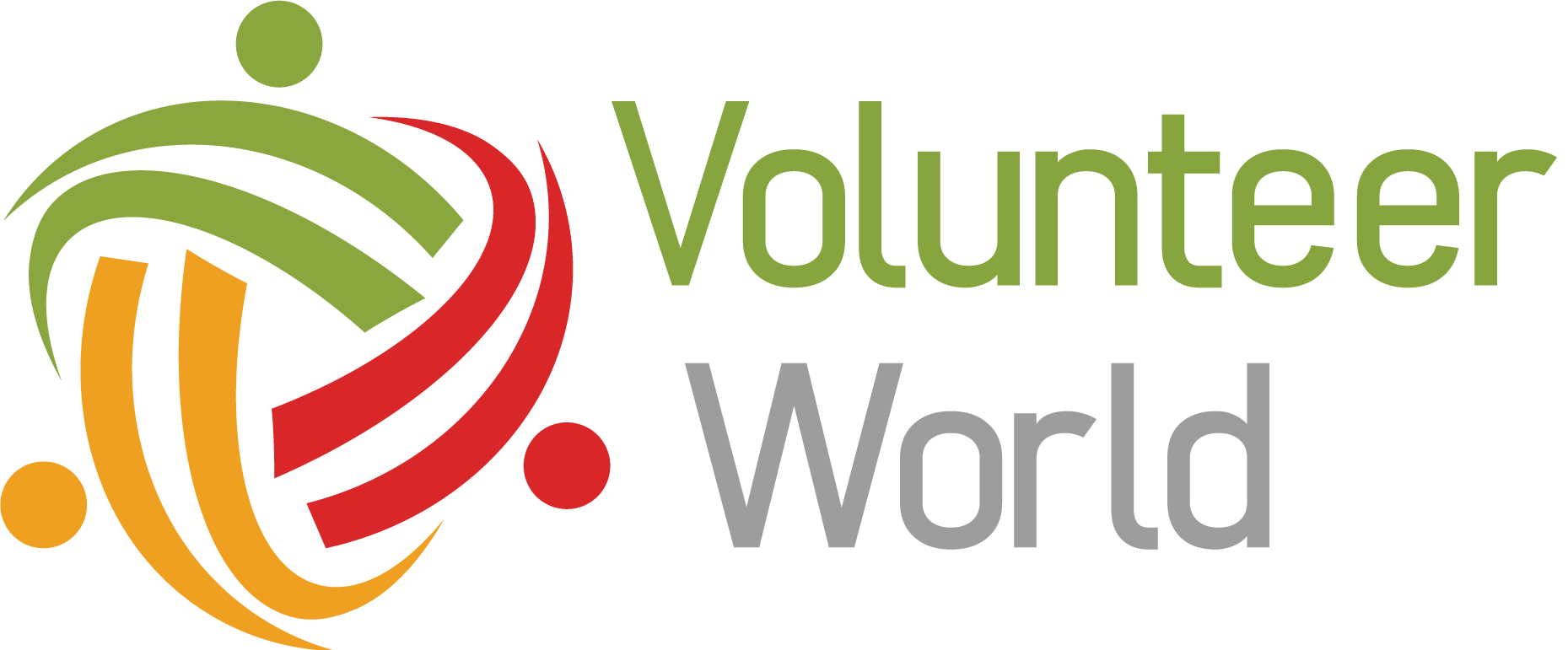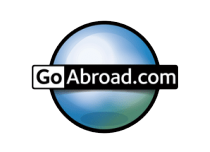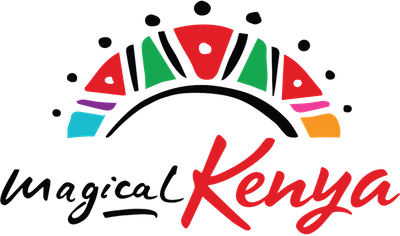The True Cost of Medical School: What Aspiring Doctors Should Know
Go-Elective Abroad
The True Cost of Medical School: What Aspiring Doctors Should Know
Understanding the Rising Cost of a Medical Degree
Medical school is a significant investment—and not just in time and energy. Each year, the average cost of medical school rises by around $1,500. That means a four-year degree increases by $6,000 annually. And the expenses begin before classes even start—application fees, interviews, MCAT prep, and travel all add up quickly.
How Much Is Medical School Tuition in 2025?
In 2025, the total cost of medical school—including tuition, fees, and health insurance—is projected to reach $249,000 on average. Annual tuition ranges from $18,000 to $74,000 depending on whether you attend a public or private institution and whether you qualify for in-state tuition.
Public schools tend to be more affordable, while private schools or out-of-state programs are on the higher end of the scale.
Can You Go to Medical School Tuition-Free?
Some schools offer full tuition waivers:
Notable Tuition-Free Programs
- NYU Grossman School of Medicine offers full tuition coverage to all MD students.
- The Lerner College at Case Western waives tuition for students who conduct research in a fifth year.
- Kaiser Permanente School of Medicine is tuition-free for its first few cohorts.
Others, such as Columbia or Weill Cornell, offer need-based financial aid to cover tuition. But “tuition-free” doesn’t always mean zero cost—housing, insurance, fees, and living expenses can still run $20,000 to $40,000 per year.
How Competitive Are Tuition-Free Medical Schools?
Very. For instance, NYU’s average MCAT score for admitted students is 522, and the acceptance rate is below 3%. But these schools also conduct holistic reviews—your essays, recommendation letters, and shadowing experience can all make the difference.
Average Medical School Debt in 2025
The average debt among medical school graduates in 2025 is over $240,000. This includes:
- Federal and private student loans
- Credit card or residency-related debt
- Undergraduate loans (in some cases)
Interestingly, more students are graduating with no debt than in previous years—thanks to scholarships, family contributions, and military or service contracts.
How Much Time Does It Take to Pay Off Medical School Loans?
Most doctors take 13–20 years to pay off their loans. Here’s a breakdown of the most common repayment strategies:
Pay As You Earn (PAYE)
Limits payments to 10% of household income. Forgives the remaining balance after 25 years.
Revised PAYE (REPAYE)
Also caps payments at 10% but may result in higher monthly payments for high earners. Forgives debt after 20 years.
Public Service Loan Forgiveness (PSLF)
Forgives loans after 120 qualifying monthly payments while working for a government or nonprofit employer.
Examples of Medical School Repayment Scenarios
If you graduate with $200,000 in loans and use PAYE or REPAYE:
- Pay $300–$400/month during residency.
- Increase to $1,500–$2,300/month after residency.
- Total repayment time: 14–20 years with an added $120,000–$200,000 in interest.
If you qualify for PSLF, you could be debt-free in 10 years with significantly lower total repayment.
Expenses Beyond Tuition: What Else to Expect
In addition to tuition, these are common annual expenses:
- Room and board: $17,000 average
- Books and supplies: $1,500 first year, less later
- Health insurance: $1,500–$2,500/year
- Transportation: $1,200–$9,000/year
- Personal expenses: $400–$2,000/month
- Additional school fees: $2,000–$8,000 total
Your school’s financial aid office can provide detailed cost-of-attendance estimates based on your location.
Key Questions to Ask Your Financial Aid Office
- What’s the average student debt upon graduation?
- Are institutional loans or scholarships available?
- Is it possible to work part-time?
- What’s the cost of living in the area?
- Do they offer income-based repayment counseling?
How Much Does It Cost to Apply to Medical School?
Primary Application (via AMCAS)
$170 for the first school, $43 for each additional one.
Secondary Applications
Usually $75–$150 per school.
Transcripts and Letters of Recommendation
Your undergrad institution may charge transmission fees.
The MCAT
$325 to register. Prep courses range from $400 to $6,000.
Interview Travel and Attire
Can add hundreds—or thousands—depending on distance and number of interviews.
What About Nontraditional Students?
Older or career-changing applicants may face:
- Lost income while completing prerequisites
- Childcare and family expenses
- Financial aid delays due to prior-year income
Tip: Ask your school if you can report expected income, rather than last year’s, when applying for aid.
Does Credit Score Matter for Med School?
While federal student loans don’t require a credit check, your credit score does impact:
- Private loan rates
- Renting an apartment
- Emergency borrowing (credit cards, personal loans)
Building credit early—through responsible use of a student card or small personal loan—can help keep your costs down.
Interviewing for Residency: Another Expense
According to AAMC, the median cost for interviewing for residency is $4,000. Travel, lodging, and professional attire all contribute to this.
You can reduce costs by:
- Batching interviews in the same region
- Coordinating travel with classmates
- Staying with friends or alumni
Affordable Pre-Med Internships That Strengthen Your Application
One of the best ways to make yourself a competitive med school applicant is with meaningful clinical experience. Go Elective offers pre-med internships abroad where students:
- Shadow real physicians in public hospitals
- Participate in didactic sessions
- Serve under-resourced communities
Internships like these demonstrate your commitment to medicine and global health—strengthening both your resume and your application essays.
Learn more at goelective.com/healthcare.
Final Thoughts: Is Medical School Worth the Cost?
The short answer: yes. While the price tag can be intimidating, becoming a doctor is one of the most impactful and rewarding career paths available.
Whether you pursue scholarships, service-based loan forgiveness, or tuition-free programs, the investment in medical school can pay off in both personal and financial fulfillment.
Still have questions? Reach out to your school’s financial aid office—or explore Go Elective’s free pre-med resources and internships abroad to set yourself up for success.
Article Details
Categories
Recent Articles , Pre-health, PA Internships, Med Schools,
Author: Go-Elective Abroad
Date Published: Sep 7, 2025
Travel with us.
Inquire Today!
Go Elective offers immersive opportunities for medical students, pre-med undergraduates, residents, nursing practitioners, and PAs to gain guided invaluable experience in busy hospitals abroad. Discover the power of study, travel, and impact.






